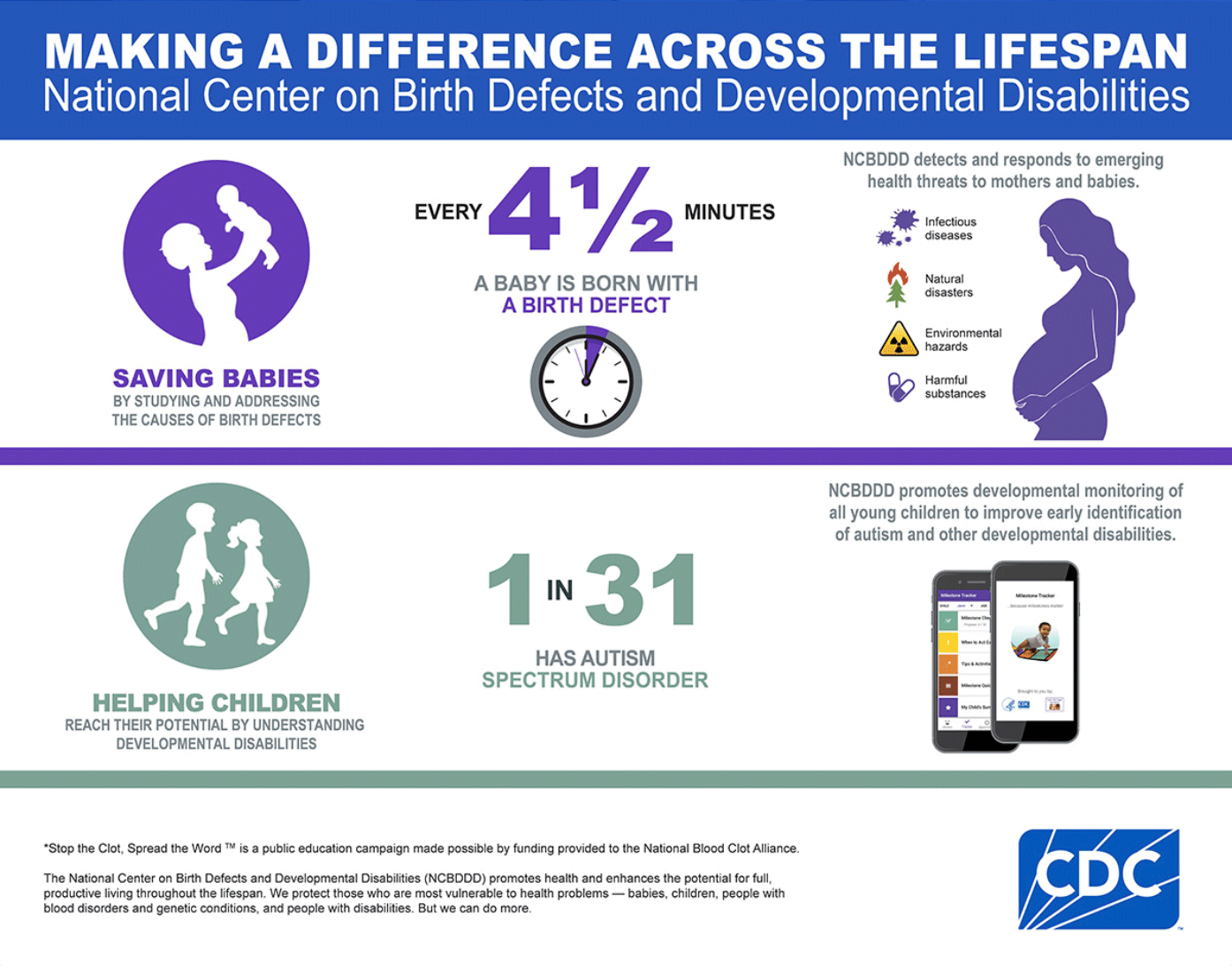Important Notice
This Addendum is required for anyone who completed NY Child Abuse on our website between the dates of June 10, 2024 to August 31, 2025. If you did not take the NY Child Abuse course from our website during the dates indicated, we will not report the completion of this Addendum to NY State. If you’re not sure if you took the previous course from us, please email ([email protected]) or call (707 459-3475 Pacific time).
If you've taken a course from us in the past and want this Addendum reported to your NY TEACH account or the NY State Office of the Professions, please let us know by following these steps:
- Go to the top of this page and select “My Account”.
- On the next page select “Edit”, then select “Profile”.
- Scroll down to “State Reporting Requirements”.
- Update your profile by selecting one of the following:
- I would like my NY Child Abuse course completion reported to my NY TEACH account.
- I would like my NY Child Abuse and/or NY Infection Control course completion(s) reported to NYSED Office of the Professions.
- Save your changes.
Children living with intellectual and developmental disabilities (IDD) often face poor health outcomes and increased risk of maltreatment, primarily due to limited access to adequate medical care and exclusion from public health and preventive services. Furthermore, many healthcare professionals—including those in medicine, dentistry, occupational and physical therapy, psychology, and nursing—report insufficient training in caring for patients with IDD (Vi et al., 2023).
1.1 Vulnerability to Maltreatment
Research consistently demonstrates that children living with intellectual and developmental disabilities are at a much higher risk of maltreatment than their typically developing peers. These children are more susceptible to neglect, as well as physical, sexual, and emotional abuse (Legano et al., 2021).

A child with spina bifida. Source: CDC, public domain.
Children whose disabilities affect their conduct, such as those with attention deficit/hyperactivity disorder (ADHD), may be vulnerable to physical abuse from parents or caregivers who become frustrated by their behavior. Additionally, children who are nonverbal, hearing impaired, or rely on adults for care are at greater risk of neglect or sexual abuse (CWIG, 2025).
1.2 Causes of IDD
The causes of IDDs are varied, and in many cases, the specific cause is unknown. Disabilities are often present at birth and many of these conditions affect multiple body parts or systems. Known factors include:
- Genetic or chromosomal conditions: (e.g., Down syndrome, Fragile X syndrome).
- Complications during pregnancy: maternal infections (like rubella), substance exposure (alcohol, drugs), or malnutrition.
- Problems at birth: lack of oxygen (hypoxia), low birth weight, or premature birth.
- Postnatal health issues: traumatic brain injury, severe infections (meningitis), or exposure to toxins (like lead) in early childhood.

A boy with autism, obsessively stacking cans. Source: Wikimedia Commons. GNU Free Documentation License.
At least 25% of hearing loss among babies is due to maternal infections during pregnancy, complications after birth, and head trauma. Children who have a sibling with autism spectrum disorder are at a higher risk of also having autism spectrum disorder (CDC, 2025). Phenylketonuria (PKU) and congenital hypothyroidism are examples of metabolic conditions that can lead to IDDs.
Untreated newborn jaundice (high levels of bilirubin in the blood during the first few days after birth) can cause a type of brain damage known as kernicterus. Children with kernicterus are more likely to have cerebral palsy, hearing and vision problems, and problems with their teeth. Early detection and treatment of newborn jaundice can prevent kernicterus (CDC, 2025).
Children with degenerative disorders may meet usual developmental milestones for a time, but begin to experience disruptions in skills, abilities, and functions as the disorder progresses. Some disorders may not be detected until the child is an adolescent or adult and starts to show symptoms or lose abilities (NICHD, 2021).

